Cruise AV Company Raises $2.75 Billion in Latest Funding Round

General Motors backed autonomous vehicle startup Cruise has reportedly scored $2.75 billion from its last round of funding, with Walmart again taking a particular interest in the company. The multinational retail corporation previously participated in a pilot program where Arizona-based shoppers could call upon a Cruise AV to have their groceries delivered. While just one of several autonomous programs Walmart is involved with, the relationship with Cruise must be in fairly good shape to throw that kind of money into a business that seems to have missed more deadlines than it has kept — even if that does seem to be the trend for AV startups.
The funding has managed to elevate Cruise’s valuation to more than $30 billion, though its January deal with Microsoft also played a significant role. A couple of months ago, General Motors announced a strategic relationship with the tech firm aimed at commercializing AVs while providing technical support for Cruise. That deal came with a new equity investment of more than $2 billion, which Microsoft led.
“Our mission to bring safer, better, and more affordable transportation to everyone isn’t just a tech race – it’s also a trust race,” Cruise CEO Dan Ammann said at the time. “Microsoft, as the gold standard in the trustworthy democratization of technology, will be a force multiplier for us as we commercialize our fleet of self-driving, all-electric, shared vehicles.”
For those keeping score, this is the third automotive firm we’ve seen deploy the phrase “democratization of technology” since the start of 2021. But it’s the first time we’ve seen the military term “force multiplier” used to make it seem like this will be the thing that finally gives AV development the kick in the pants it needs.
According to Reuters, Walmart will not be suspending any existing partnerships it has with other AV companies. In fact, the business sees all of this as a way to see which organizations (e.g. Cruise, Waymo, Nuro, etc.) have the most to offer and how that might be integrated into the business.
From Reuters:
The retailer is preparing for a future when shoppers don’t have to drive to the store and is trying out a number of different technologies, including drones. The cost of getting deliveries to customers’ doorsteps across the nation is often prohibitive, and it’s a big reason why Walmart’s domestic e-commerce business is still losing money.
Walmart’s test to use Cruise’s all-electric self-driving vehicles to deliver groceries from a store in Scottsdale, Ariz., is still in the early phases and hasn’t been expanded to other cities, the spokeswoman said.
Efforts to develop self-driving vehicles have picked up pace in recent months. California has approved more robotaxi testing on public roads, granting its first commercial permit for autonomous-vehicle deliveries last month to Nuro.
The investment is the latest sign of consolidation in the self-driving sector as big companies like Honda Motor Co., Walmart and Microsoft move in. Zoox Inc. sold to Amazon.com Inc. last year, and Cruise itself recently acquired autonomous-vehicle startup Voyage, which operates a service in retirement communities.
“We are focused on our path to commercialization right now but the IPOs happening in the space right now are a great indication of the strength of the industry and the opportunity self-driving presents,” the Cruise spokeswoman told the outlet.
[Image: General Motors]

A staunch consumer advocate tracking industry trends and regulation. Before joining TTAC, Matt spent a decade working for marketing and research firms based in NYC. Clients included several of the world’s largest automakers, global tire brands, and aftermarket part suppliers. Dissatisfied with the corporate world and resentful of having to wear suits everyday, he pivoted to writing about cars. Since then, that man has become an ardent supporter of the right-to-repair movement, been interviewed on the auto industry by national radio broadcasts, driven more rental cars than anyone ever should, participated in amateur rallying events, and received the requisite minimum training as sanctioned by the SCCA. Handy with a wrench, Matt grew up surrounded by Detroit auto workers and managed to get a pizza delivery job before he was legally eligible. He later found himself driving box trucks through Manhattan, guaranteeing future sympathy for actual truckers. He continues to conduct research pertaining to the automotive sector as an independent contractor and has since moved back to his native Michigan, closer to where the cars are born. A contrarian, Matt claims to prefer understeer — stating that front and all-wheel drive vehicles cater best to his driving style.
More by Matt Posky
Latest Car Reviews
Read moreLatest Product Reviews
Read moreRecent Comments
- ToolGuy If these guys opened a hotel outside Cincinnati I would go there to sleep, and to dream.
- ToolGuy Michelin's price increases mean that my relationship with them as a customer is not sustainable. 🙁
- Kwik_Shift_Pro4X I wonder if Fiat would pull off old world Italian charm full of well intentioned stereotypes.
- Chelsea I actually used to work for this guy
- SaulTigh Saw my first Cybertruck last weekend. Looked like a kit car...not an even panel to be seen.



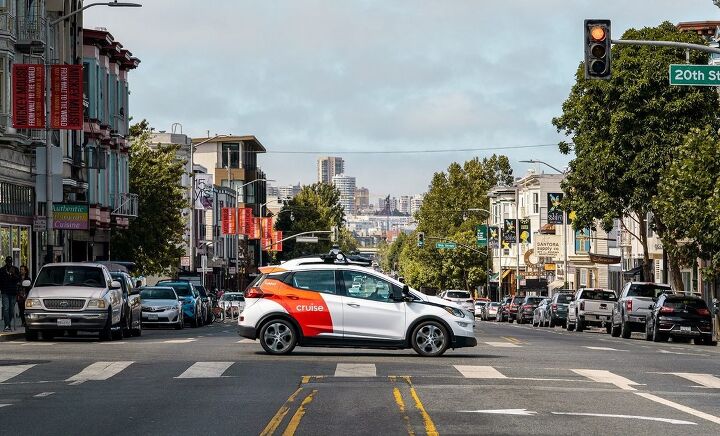















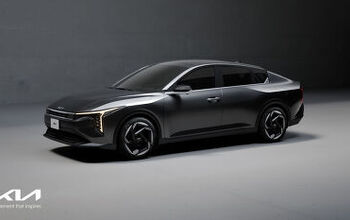
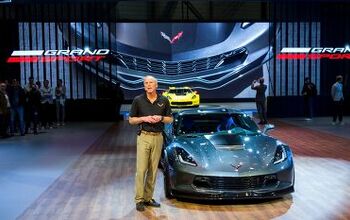

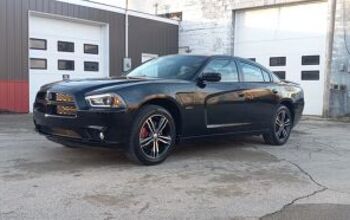




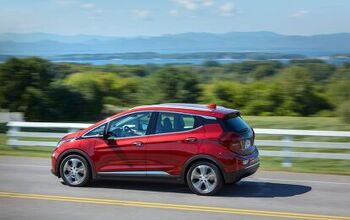
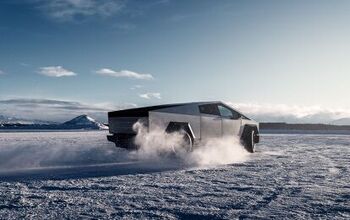
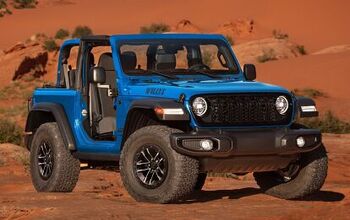
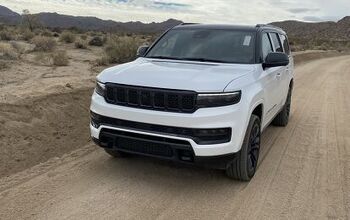

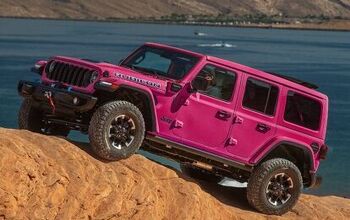
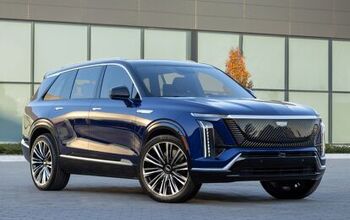
Comments
Join the conversation
Q: How much time and money is needed to get autonomous vehicles working? A: Just a little bit more. I used to work for a key supplier to Walmart's logistics chain. Rather than being cautious, they were actually very interested in trying anything that would cut their logistics costs. This is also why they have pre-ordered so many Tesla Semi trucks. A few billion invested here and there is pocket change, well worth it to improve the bottom line. After all, Walmart is really just a goods mover, and they keep prices low by cutting transportation and handling costs. Having said that, I doubt that any AV tech has a solid future.
They're investing a lot of money to replace the pizza delivery guy concept. The real innovation is remote ordering and paying - the old five and dime stores in the early 20th century had warehouses and fleets of trucks for home delivery, though mostly bulky items.